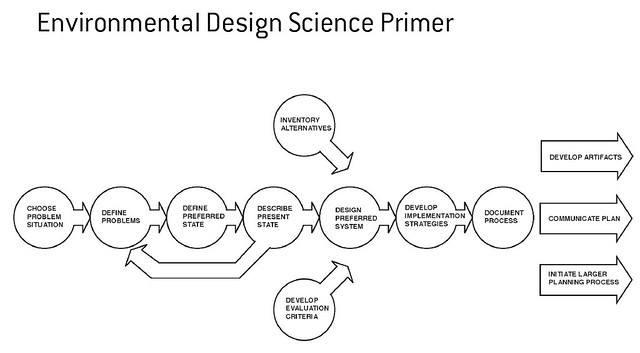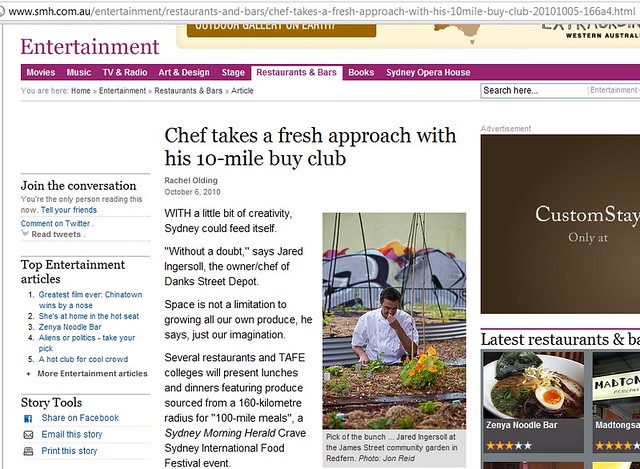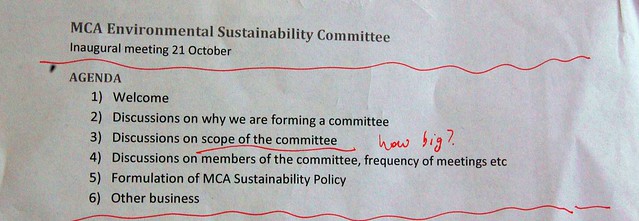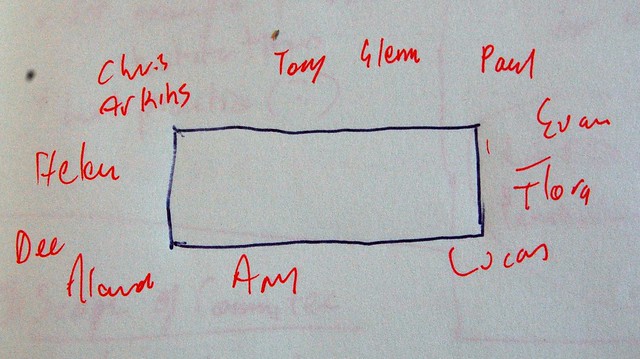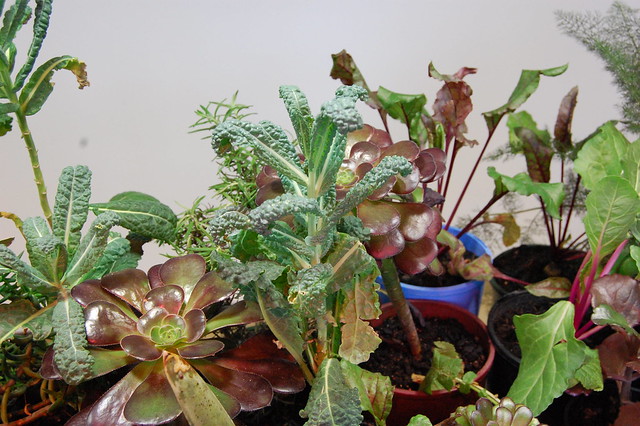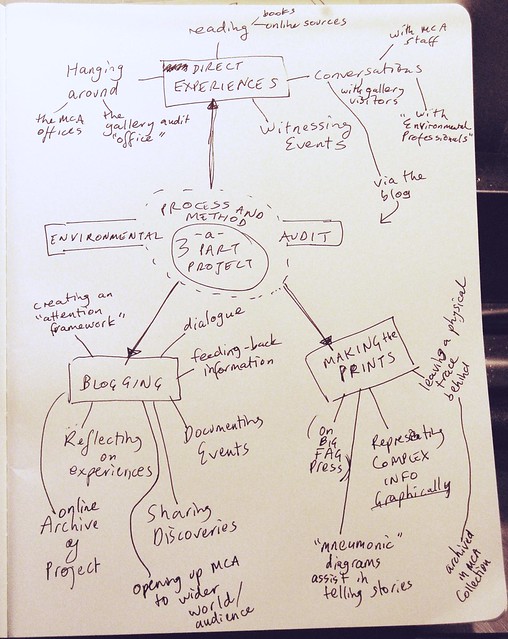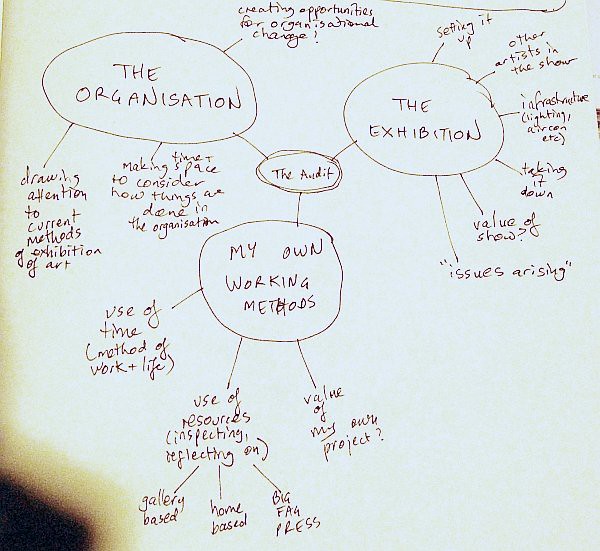My friend George sent through a link to the Environmental Design Science Primer, which is a PDF available here.
It seems to be quite a practical guide to starting from here and now – where we are, with the knowledge we have, and skilling ourselves up… Here’s a quote from the introduction:
In order to have a significant effect on vital environmental and social issues, people need to acquire the skills that will allow them to act as planners and participants, rather than as spectators in the defining and solving of problems. If environmental education is to be relevant and effective, it needs to balance its approach between activities which alert people to the dangers of a reckless attitude towards the environment, and activities which that inform people how to design and implement positive alternative solutions.

